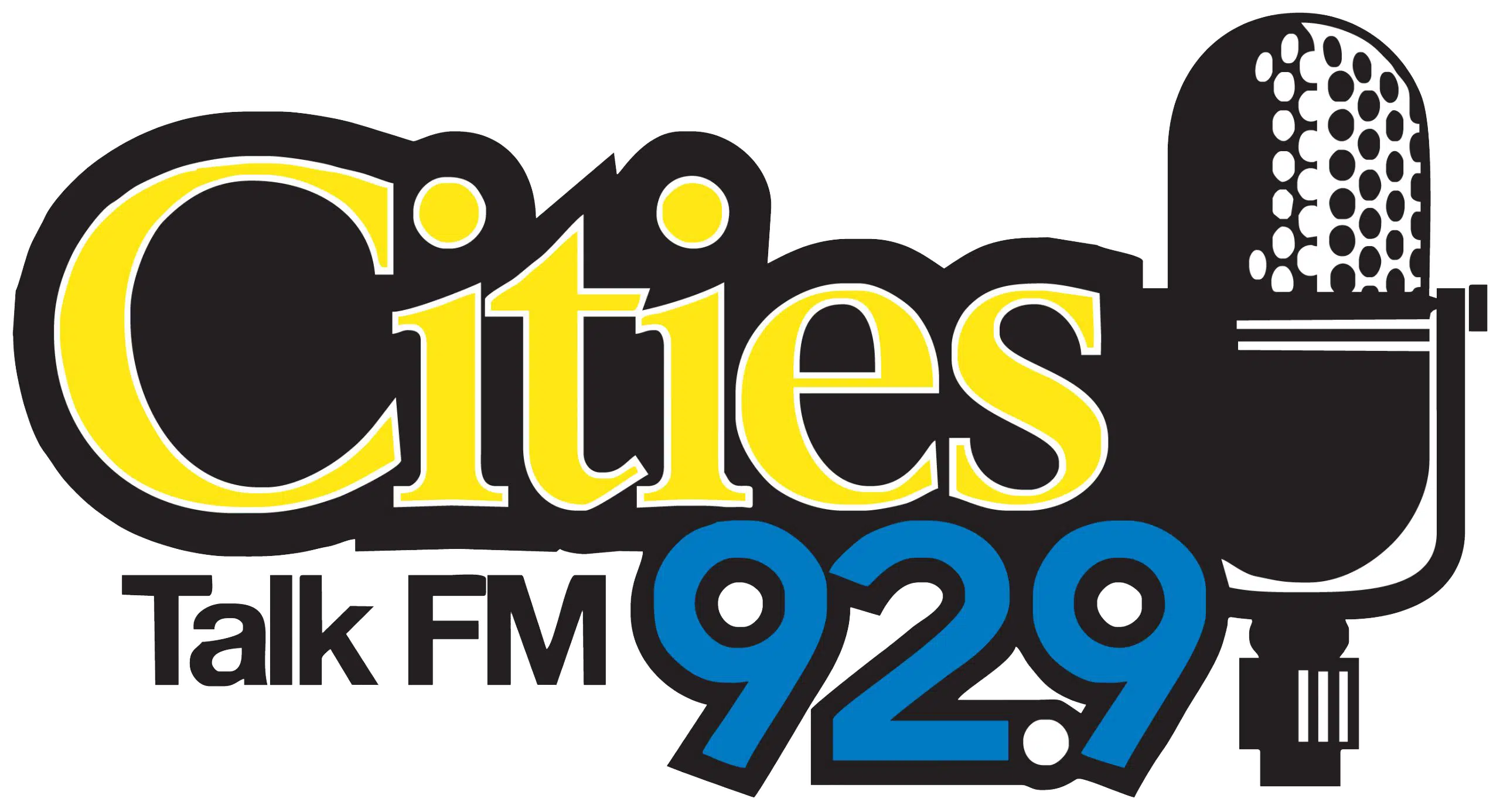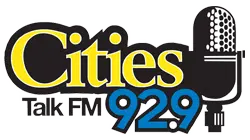
(The Center Square) – With nearly a third of Illinois’ counties at the state’s warning level status for the spread of COVID-19 on Friday, public health officials said they were still in the process of hiring contact tracers nearly three months after the governor said he planned to hire an army of tracers to be a central part of the state’s strategy to reduce transmission of the virus.
The Illinois Department of Public Health on Friday announced 30 of Illinois’ 102 counties had reached the state’s COVID-19 warning level. The counties at the warning level were Bureau, Carroll, Cass, Clinton, Cook, Cumberland, Effingham, Fayette, Greene, Grundy, Henderson, Henry, Jasper, Jersey, Jo Daviess, Johnson, Madison, Monroe, Morgan, Perry, Pike, Randolph, Sangamon, Shelby, St. Clair, Union, Warren, White, Will and Williamson.
IDPH officials had previously said the agency would award $300 million in grants to local health departments for contact tracing to slow the spread of the virus at the local level. Gov. J.B. Pritzker said on May 18 that the state was in the process of raising “an army” of contact tracers and that contact tracing would be a key part of the state’s plan to combat COVID-19. On Friday, IDPH said it had awarded about $236 million to all 102 counties for the program and that more than 1,600 tracers had been hired statewide.
Pritzker recently imposed stricter rules on bars and restaurants in Will County because of increased positivity rates in the region. Will County Health Department spokesman Steve Brandy said the department got about $4.9 million from the state for the program several weeks ago.
“This was like ramping up an absolutely, complete new department,” Brandy said. “We had to hire an IT person to help with it. We hired contact trace managers to join our management team.”
The hiring may not stop there. The state is also offering up $60 million in grants for subcontractors to be pandemic health navigators. IDPH’s Heidi Clark said the job would assist with COVID-19 education efforts.
“For education and outreach, they’ll promote everyday preventive actions to prevent COVID-19, provide information to prevent myths and rumors, and identify populations at risk,” Clark said.
McHenry County Communication Information Coordinator Lindsey Salvatelli said the county got its tracing grant about a month ago and is still in the process of hiring.
“We are expanding and are just working on getting people to maybe not be so fearful of it, or think negatively of it,” Salvatelli said.
McHenry County is not part of the most recent warning level list. But it has been flagged by the state for having moderate test positivity rates and new cases per capita levels.
Sangamon County hit the warning level for the number of new cases per capita. County Public Health Director Gail O’Neill said the contact tracing program got $2.8 million about a month ago. She said contact tracing is an important part of getting control of the spread of the virus.
She also reiterated what other officials had said: It may be uncomfortable, but Illinoisans should pick up the phone when it rings.
“Answering an odd phone number is important and then the other thing is to be willing to share with us information on where they work, people they’ve been around and those kinds of things because that helps us know if there’s a particular hotspot or how best to slow the spread,” O’Neill said.
County officials across the state said the contact tracing program only involves phone calls or text messages and not any of the phone apps for tracking a person’s movements with GPS or Bluetooth.




